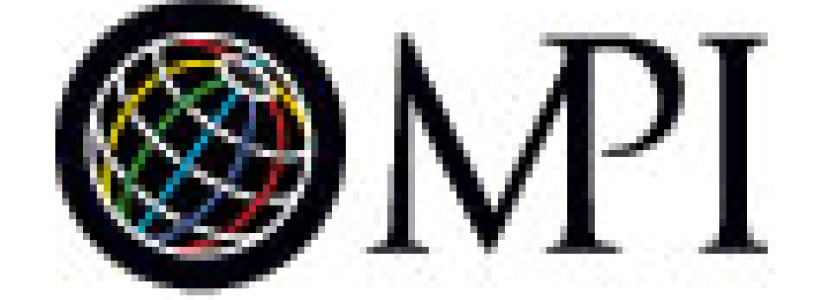
How to find your Social Return on Investment (SROI).
Many event professionals try to make a positive difference through community service events, in support of a social responsibility (CSR) program. It makes us feel good. It can also make a real difference in the community. But how can we measure that and then tell the story of the change we created? Social return on investment (SROI) helps to do that.
According to Alison Lingane and Sara Olsen, writing for the California Management Review, the purpose of SROI is to tell the story of the social impact of an organization (or an event) compared to the financial investment you made to make the impact happen. This is a broader concept than financial return on investment and measures value created by changes to social, environmental and economic systems, or what is called the triple bottom line.
SROI is designed to measure value added, or what you have uniquely contributed. This is the concept of “impact” as defined by the SROI Primer, a publication of the New Economics Foundation and the London Business School. “Impact” is derived by first taking your “inputs”, determining the “outputs” of the activity through consultation with key stakeholders, and then determining the change that occurred. Impact is that change, less the change that would have happened anyhow.
For example, your service project involves volunteers in donated trucks who pick up food donated by community agencies, bring it to the food bank, then help to sort it. Your inputs are volunteer time and labor. You determine, from talking to the food bank, the outputs are 5,000 pounds of food picked up and the elimination of US$2,000 of labor costs. In addition, you discover that without the labor and trucks you provided, only 2,000 pounds of food could have been picked up. Because you were able to offer trucks with a large capacity, the food bank was able to promote food donation to more pick-up locations, generating an additional 3,000 pounds of food. The labor required to sort the 2,000 pounds of food would have been $800. Your impact was therefore the additional 3,000 pounds of food and $1,200 in labor savings.
The next step is determining how the impact compares to your inputs, or the SROI ratio. You estimate that it took ten volunteers five hours each to collect the food. If you assign a value to the volunteer time (i.e. $50), determine the value of each pound of food (i.e. $2), and include the cost of running the trucks, you can determine this ratio. Ten volunteers, each donating 5.5 hours, totals 55 hours at $50/hour, for a value of $2,750. The cost of running the trucks is at least the cost of fuel; we estimate $50 per truck for five trucks. The cost of the trucks is therefore $250 for a total cost of $3,000. We estimate that the food is worth $6,000 ($2 times 3,000 pounds of food). If we add this to the $1,200 in labor cost savings, we get $7,200. So, your SROI ratio is 7,200/3,000, or 2.4:1. Therefore, for every dollar you invested in the project, you generated $2.40 worth of benefits.
Now we need to tell our story. This helps build the emotional connection for stakeholders such as event participants and employees. The story is known as the “theory of change.” According to Social Return on Investment: A Practical Guide for the Development Cooperation Sector, the theory of change tells the story of how stakeholders’ lives have changed or are expected to change as a result of the project. The story should include measureable objectives; specifically identifying how your organization believes it can make a difference.
This methodology can be used in advance, to compare SROI ratios of possible projects and determine which one might have the most impact based on your best estimates. In the meeting and event industry, which is increasingly under scrutiny by regulators and internal managers, being able to use both numbers and narrative to tell your story is important and one that can raise your value in your organization. And that is a theory of change that we could all benefit from. One+




